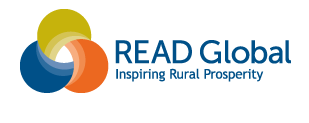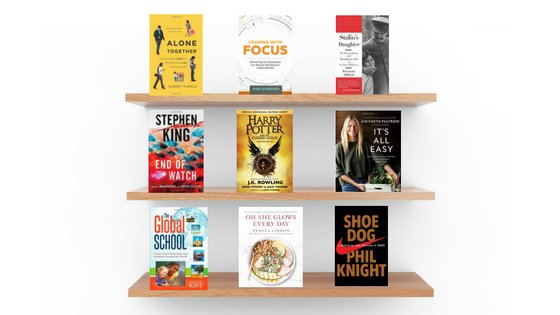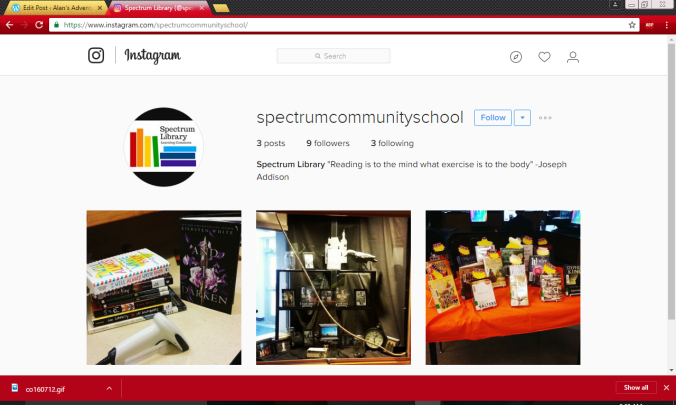Among the many startling statistics in the Socialnomics video shown during Gwyneth Jones’ keynote presentation at last weekend’s BCTLA Conference, a fact about mobile phones stood out:
Globally, people are more likely to own a cell phone than a toothbrush. With access to cell phones, some populations in the developing world now have access to new information sources.
Mobile phones connect people living in geographically remote areas with distance education programs. In Bangladesh, for example, a mobile phone network serves more than 97% of the country’s population – and serves many of the 300,000 students connected with the Bangladesh Open University. As the university’s vice chancellor notes, “BOU has taken full advantage of the modern ICT to facilitate and support its students all over the country” (Mannan Bou.edu.com). In addition to course content, mobile phones connect individuals to information about disaster preparedness, nutrition, agriculture, and health issues – often from a local perspective. Where “traditional publishing and distribution mechanisms have tragically failed the developing world” (Witten et al 7) this information has become accessible with the advent of widespread mobile phone access.

READ Global, an organization dedicated to establishing library services in rural areas of South Asia, works with community groups to build and operate library facilities (READ Centers) and educational programming, including classes related to technology. Their collections include e-readers, available for sign out to school-aged library patrons.
A partner of READ Global, Practical Action, provides digital information sources to libraries in the developing world. Information on a diverse range of topics – energy, food production, sanitation, and disaster – is made freely available. Their website states, “Knowledge belongs to everyone – we help to make it reach as many people as we can” (Practicalaction.com). Their ultimate mission is to alleviate poverty. Farmers, for example, may access their database to learn about pest management techniques, dairy production, or food storage methods.
Another organization, Libraries Without Borders, offers a program for refugees. Their “Ideas Box” is shipped to refugee camps and offers workspaces, computers, e-readers, and power outlets to charge digital devices. In offering access to digital resources, the Ideas Box provides individuals with the opportunity continue their educational pursuits.
These organizations rely on support from donors to fund their services. Some years ago, some of our ‘Library Council’ students organized a book sale to raise funds for libraries in Nepal. Inspired by the work of these agencies, I will work with current students to design a fundraiser to benefit one of these programs.









